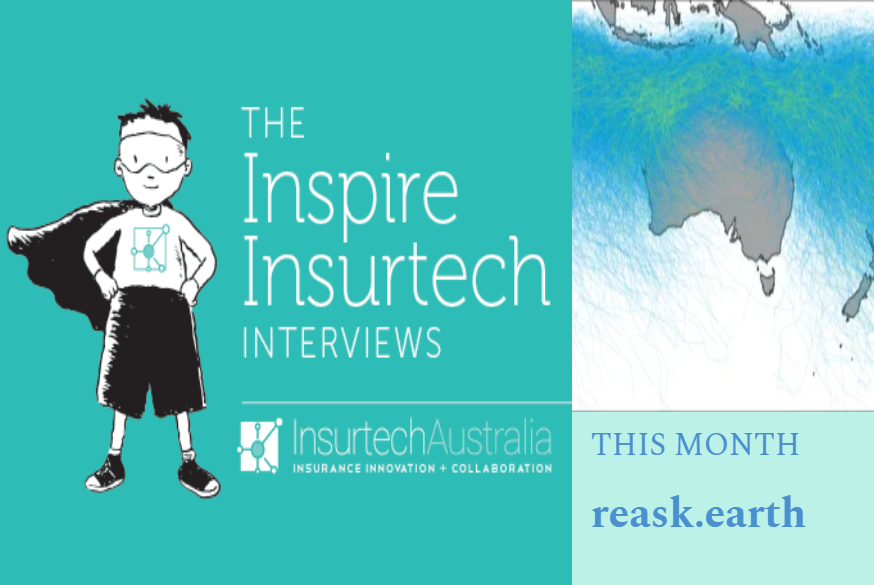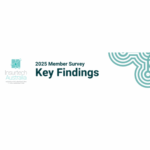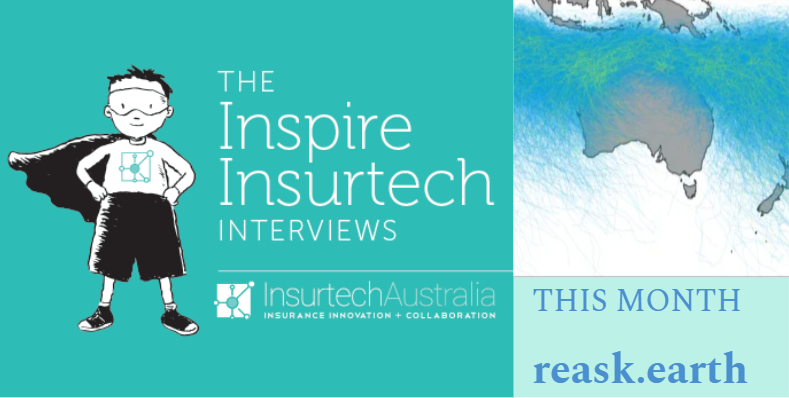
The Inspire Insurtech Interview’ series is designed to inspire fellow insurtechs. We want to share who they are, what they do, and what we can expect from them in the future.
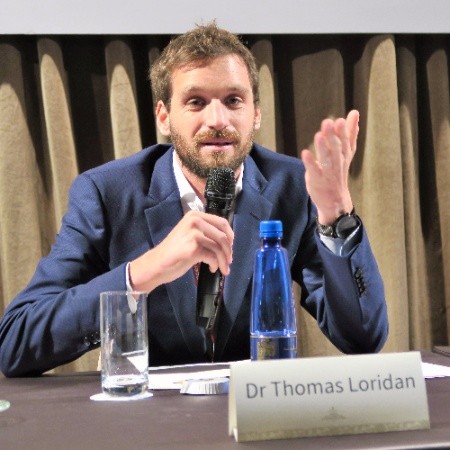 This month we are talking to Thomas Loridan from reask.
This month we are talking to Thomas Loridan from reask.
Enjoy!
Tell us reask’s brief pitch.
Reask helps organisations around the world understand their exposure to natural catastrophe risk.
So how did reask begin?
Two of our co-founders published a paper in 2017 using Machine Learning (ML) to improve tropical cyclone wind models and this led to some passionate discussions with the other two co-founders about how such techniques could impact the industry more broadly.
Reask was born soon after with the aim of modernising natural catastrophe modelling through ML.
How has reask evolved since its inception?
We are a bootstrapped start-up and were lucky enough to be supported by two big industry players early on. This has meant we have been able to focus purely on developing our core tools rather than fundraising.
Our main evolution has been on the range of products we target and we are now delivering solutions that are closer to operational risk forecasting than we initially thought.
What is your team currently working on for 2020, or what have you accomplished recently?
Our efforts to date have focussed on Tropical Cyclones and we have now developed global modelling tools used by our key partners: one of the largest insurance providers in the world and a global investment fund in insurance loss securities (catastrophe bonds).
As for 2020: our first licensable product was launched last month! It is called ForeCyc and provides live risk analytics during Hurricanes (US) and Typhoons (Japan). After Hurricane Dorian’s devastation of the Bahamas last year (and last-minute sparing of Florida) we realized there is a gap in support for organisations that are exposed.
There is a strong need for more clarity through analytics in the days leading up to a serious threat. ForeCyc was designed to combine our TC modelling tools with operational weather forecasts and offer a probabilistic assessment of key risk thresholds.
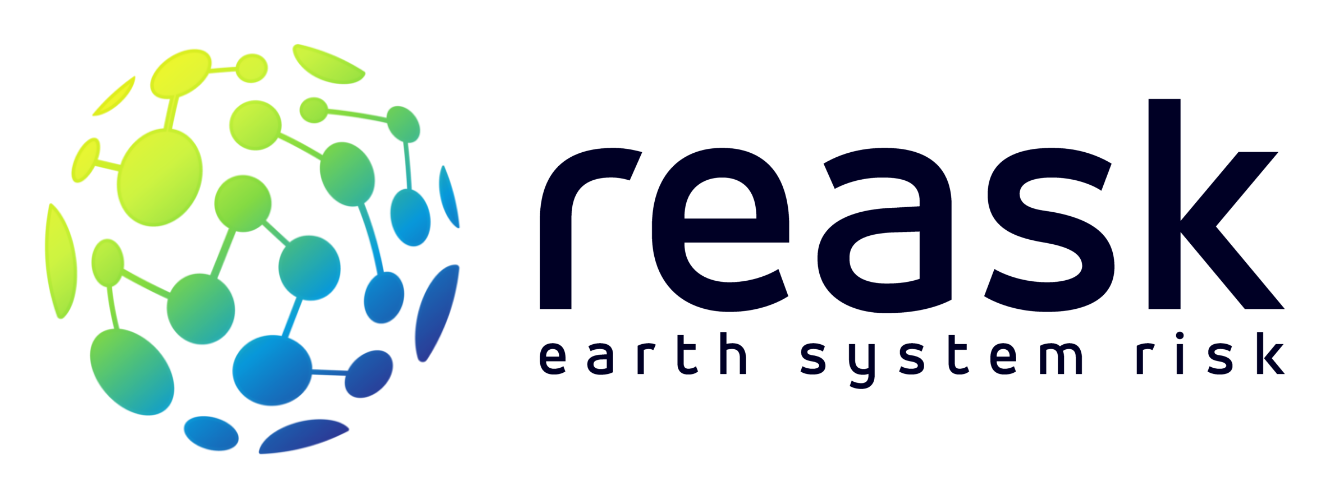
How does reask give back?
Current catastrophe risk modelling solutions focus largely on well-insured markets. Unfortunately, natural catastrophes are not so selective and often impact under or uninsured markets far worse. The tools that we develop are global in nature, meaning we cover all exposed countries in the world, irrespective of their economic status.
We endeavour to provide our solutions to emerging economies, to help vulnerable communities develop economic resilience to natural disasters. Our first foray into this field is in Sri Lanka, where we have provided our tropical cyclone wind model to a development project for the National Natural Disaster Insurance Scheme (NNDIS) which provides cover for uninsured households and small businesses that are affected by a natural disaster.
This is the first of what we hope will be many projects helping to build resilience in the developing world.
What is reask’s biggest challenge in today’s markets?
Our industry is a conservative one that has been serviced by two large US companies for the past 3 decades. While most of our potential clients complain about this duopoly the large organizations they work for are usually reluctant to switch away from what they know.
We, therefore, must work hard to establish trust and credibility in our innovative approach to risk modelling, and this takes time.
Anything else you’d like to say that we didn’t ask?
We are based in a very pleasant part of Sydney, between the Lord Nelson Brewery and the Palisade hotel – please come and visit us and share a drink if there is anything you would like to discuss with the team.

